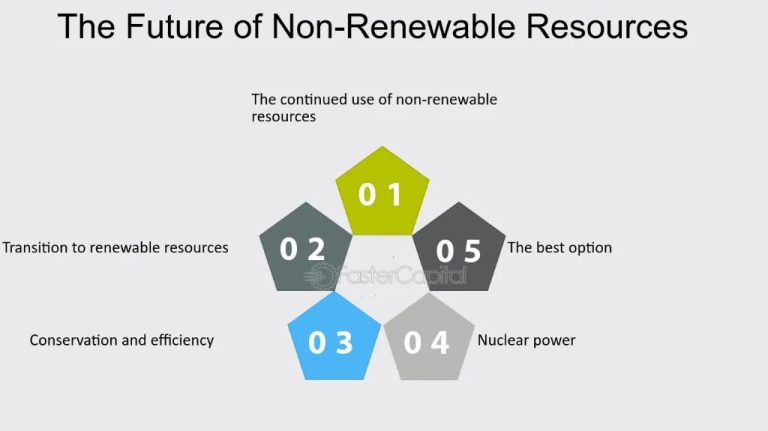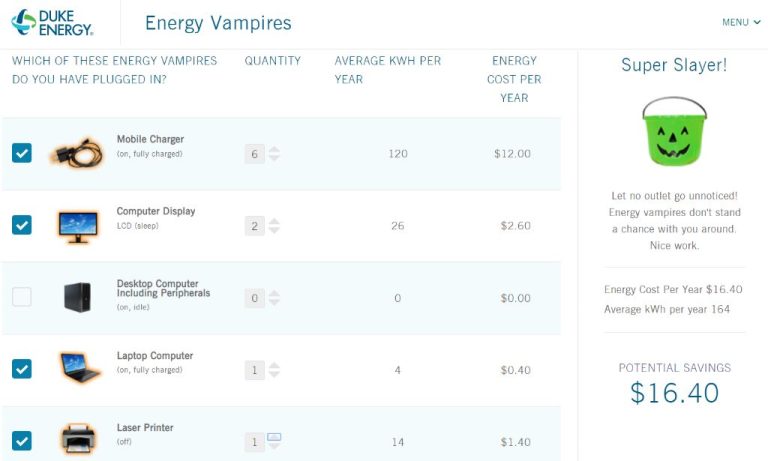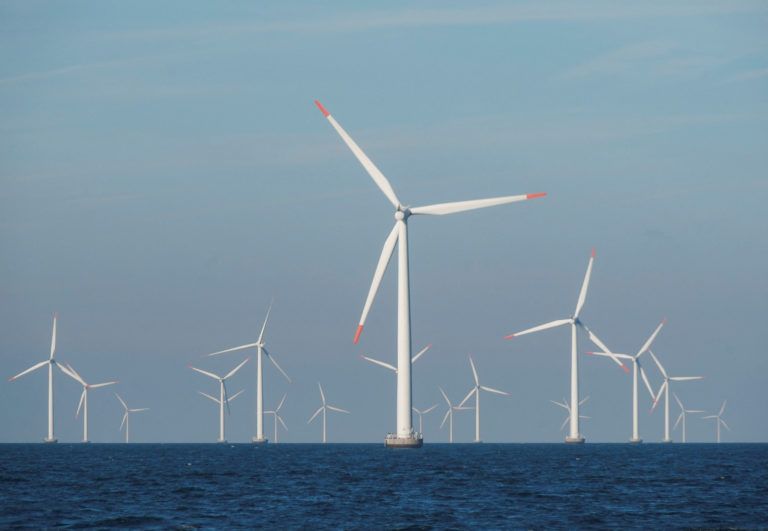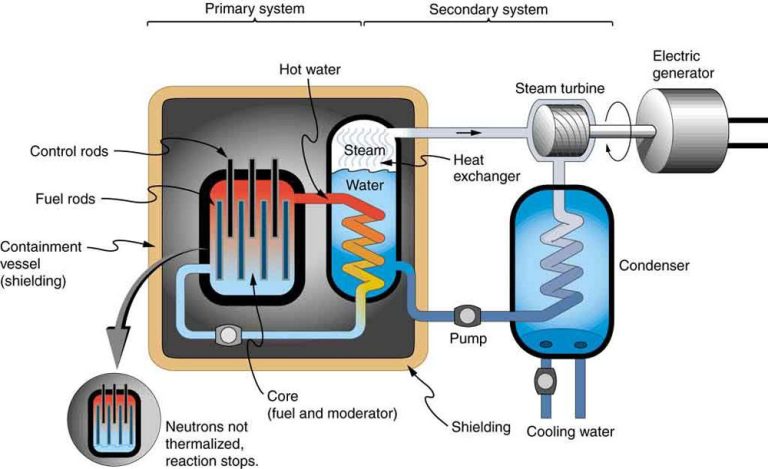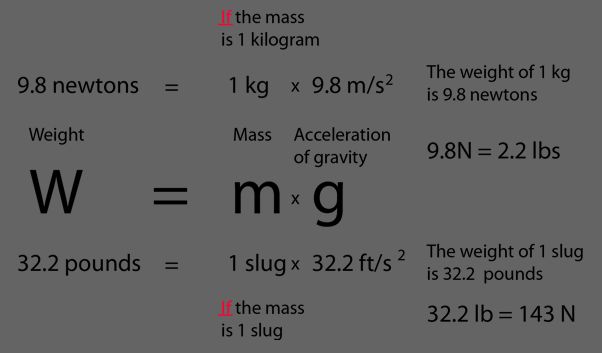Which Is The Most Inexhaustible And Cleanest Source Of Energy?
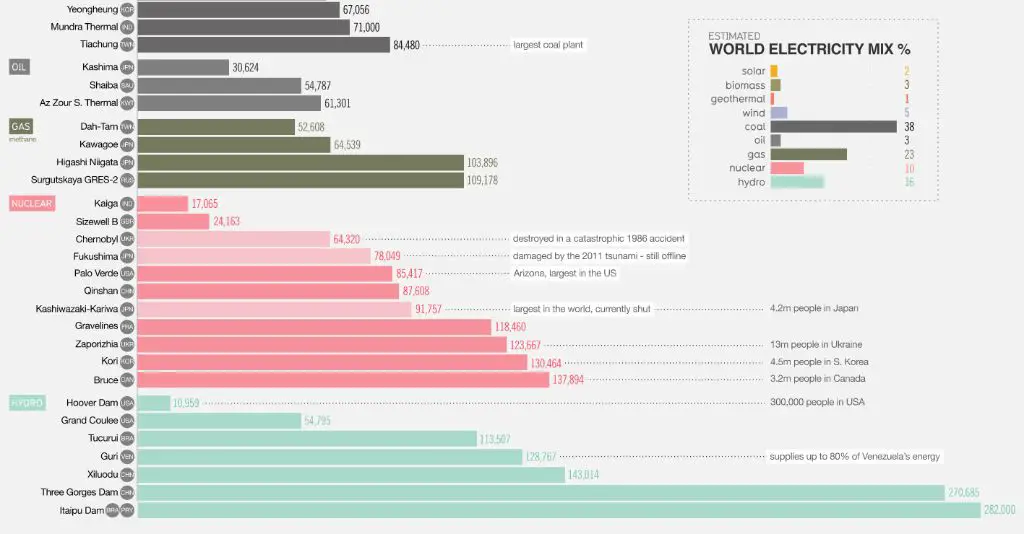
Inexhaustible and clean energy are renewable sources of power that are replenished naturally and do not produce greenhouse gas emissions or toxic waste. Unlike fossil fuels which are finite and polluting, clean and inexhaustible energy comes from natural and limitless resources like the sun, wind, water, and heat from the earth’s core. These energy sources are considered “clean” because they do not generate air or water pollution compared to traditional power generation from coal, oil, and natural gas. As the world looks to transition to a more sustainable energy system, inexhaustible and clean sources like solar, wind, geothermal and hydro will play a key role in reducing carbon emissions while meeting our power needs.
Solar
Solar energy is one of the most abundant renewable energy sources available, with the amount of sunlight that hits the Earth’s surface in one hour being enough to meet the world’s energy demands for an entire year (https://www.seia.org/solar-industry-research-data). Solar electricity generation has grown exponentially in the past decade, with global capacity reaching over 1,000 GW by the end of 2022 – up from only 40 GW in 2010 (https://www.iea.org/energy-system/renewables/solar-pv). The amount of electricity generated from solar PV increased by a record 270 TWh in 2022, up by 26% compared to 2021. Solar PV accounted for 4.5% of total global electricity generation that year.
A key advantage of solar is that it can be deployed at both utility-scale and distributed levels, making it accessible everywhere the sun shines. Solar panels can easily be installed on rooftops, parking lots, abandoned lands, and more. Parts of the world with high solar irradiance, such as the southwestern United States and Northern Africa, are ideal locations for large-scale solar farms. But even in areas with less sunny weather, rooftop solar can still make a meaningful contribution to energy supply.
Wind
Wind is an abundant, renewable, and pollution-free energy source. Wind turbines convert the kinetic energy in wind into mechanical power, which is then converted into electricity. Some key facts about wind energy:
- Wind power generation reached over 2,100 terawatt hours (TWh) globally in 2022, an increase of 14% from the previous year. This was the second highest growth on record for wind energy (Source: IEA).
- The United States generated around 380 billion kilowatt hours of electricity from wind in 2021, up from 6 billion kilowatt hours in 2000 (Source: EIA).
- At the end of 2021, the U.S. had over 122 gigawatts of installed wind capacity, able to power the equivalent of 42 million American homes (Source: American Clean Power).
Wind power produces no air or water pollution because no fuels are burned. It also uses very little land since turbines can co-exist with agriculture. With declining costs and technological advances, wind energy continues to grow as a major source of renewable power worldwide.
Geothermal
Geothermal energy comes from the natural heat within the earth. Just a few meters below the earth’s surface, the temperature remains a constant 50 to 60°F. This means that geothermal energy is an inexhaustible and constant energy source (“Geothermal Energy Factsheet | Center for Sustainable Systems,” 2022). As hot water or steam from deep underground reservoirs is pumped to the surface, its heat energy can be captured and used to generate electricity. Geothermal plants provide baseload power, meaning they can run 24/7, as the earth produces heat continuously.
In 2021, geothermal energy accounted for 0.4% of total U.S. utility-scale electricity generation, producing about 17 billion kilowatt-hours (kWh) (“Geothermal explained: Use of geothermal energy,” 2022). While geothermal capacity is currently small, there is significant potential for growth. The United States Geological Survey estimates that identified geothermal resources across the western U.S. could provide up to 16,000 megawatts of geothermal power—enough to power 16 million homes. With further exploration, the geothermal resource base may be far larger.
Geothermal systems have low emissions and a small environmental footprint compared to conventional power plants. However, some concerns include land subsidence, seismic events, and the release of hydrogen sulfide gas. With proper management, these impacts can be minimized.
Hydroelectric
Hydroelectric power converts the energy of flowing water into electricity. A hydroelectric plant captures the energy of falling water to generate electricity. Typically, water held behind a dam flows through an intake and turns blades in a turbine to spin a generator to produce electricity. Hydroelectric power provides around 17% of the world’s electricity, making it the largest renewable energy source for electricity generation globally.1
The most common type of hydroelectric power plant uses a dam on a river to store water in a reservoir. Water released from the reservoir flows through a turbine, spinning it, which in turn activates a generator to produce electricity. However, hydroelectric power can also generate electricity without the use of dams. Run-of-the-river hydroelectric plants channel a portion of a river through a canal to spin turbines.
Hydroelectric power is a flexible renewable energy source since plants can ramp up and down quickly to meet shifts in electricity demand. It is also inexpensive to operate once constructed. However, building large hydroelectric dams and plants can negatively impact the surrounding environment and ecosystem.
Tidal
Tidal power converts the energy from the ocean’s tides into electricity. Tides are caused by the gravitational pull of the moon and sun on the oceans. As tides come in and out, they flow through turbines to generate electricity.
There are two main types of tidal energy systems – tidal stream generators, which capture energy from tidal currents, and tidal barrages, which use the difference in tides to generate power. Tidal stream generators are less invasive and more common.
Globally, tidal energy capacity is still relatively small compared to other renewables. The largest tidal power station is the Sihwa Lake Tidal Power Station in South Korea, which has a capacity of 254 megawatts and powers around 500,000 homes. Overall, tidal energy currently provides about 530 megawatts of power worldwide.Tidal power potential is estimated at up to 1,200 terawatt-hours per year globally, but only a small fraction of that has been tapped so far.
The main advantages of tidal power are its predictability and reliability as a source. It also produces no greenhouse gas emissions. However, tidal power stations are still expensive to build. In addition, tidal barrages can impact local ecosystems and wildlife migration routes. Overall, tidal energy shows promise but still requires more development to become cost-competitive with other renewables.
Comparison
When comparing renewable energy sources, it’s important to evaluate their relative benefits and drawbacks. Some key factors to consider include cost, efficiency, reliability, environmental impact, and scalability.
Solar power is clean, renewable, and scalable, but can be expensive to install and is intermittent depending on weather and daylight. According to the World101 article Sources of Energy: A Comparison, solar energy capacity has expanded quickly, supplying 2.6% of global electricity demand in 2018 (https://world101.cfr.org/global-era-issues/climate-change/sources-energy-comparison).
Wind power is also renewable, emissions-free, and scalable, but similarly depends on weather conditions. Wind provided 5.5% of global electricity generation in 2018 and is one of the lowest cost renewable energy technologies per the same World101 article.
Hydropower has a high capacity factor yet impacts local ecosystems. Geothermal energy offers continuous renewable power but is only viable in certain geologically active locations. Bioenergy provides dispatchable renewable electricity from organic matter, but has sustainability concerns around land use.
Overall, each renewable source has strengths and weaknesses that determine its suitability based on location, cost, grid flexibility needs and other factors. Utilizing a mix maximizes their combined benefits while mitigating drawbacks.
Challenges
While renewable energy sources have many benefits, they also face some key challenges that need to be addressed for them to reach their full potential. Three major challenges often discussed are intermittency, storage, and transmission.
Intermittency refers to the variable or unpredictable nature of some renewable sources like solar and wind. The sun does not always shine and the wind does not always blow, so these sources produce energy intermittently. This can make it difficult to integrate large amounts of solar and wind onto the electric grid without making adjustments. According to the International Energy Agency, intermittency requires grid operators to maintain reliable backup power and add flexibility through demand response and grid storage.
The intermittent production of renewable sources also increases the need for energy storage solutions. Batteries and other storage technologies can collect energy when production is high and release it when production drops. Developing affordable and large-scale storage is a key challenge. According to an article from Sustainable Review, investment and innovation is still needed in storage technologies to enable wide renewable energy adoption.
Transmission infrastructure is another challenge, as many prime renewable energy sites are located far from population centers. Significant investment is required to build transmission lines to connect geographically dispersed renewable projects to the grid and load centers. Upgrading transmission will be crucial to unlocking the full potential of renewables.
Future Outlook
The future of renewable energy looks promising, with great potential for improvements and growth. According to the New York Times, wind and solar power are rapidly expanding and expected to overtake coal as the world’s largest source of electricity by 2025. By 2024, solar energy costs are projected to be 35% cheaper and onshore wind capacity is expected to increase by 57% (Earth.org).
Renewable energy will continue to play a major role in reducing greenhouse gas emissions and mitigating climate change in the years to come. The United Nations highlights that renewable energy sources emit little to no emissions and are widely available around the world (United Nations). As technology improves and costs continue to fall, the uptake of renewables is likely to accelerate globally.
With strong growth and innovation, renewable energy has the potential to transform the world’s energy systems and provide widespread access to clean and affordable electricity. However, continued policy support, infrastructure investment and technological advances will be needed to fully realize the immense promise of renewable energy.
Conclusion
Overall, while there are benefits and drawbacks to each renewable energy source, solar and wind power stand out as the most promising inexhaustible and cleanest energy sources. Solar energy harnesses the sun’s rays directly, needs little maintenance, and is viable across most regions. Wind power also relies on a free and abundant natural resource, can scale to meet large energy demands, and produces no direct waste. Both solar and wind technology costs continue to drop rapidly. While hydroelectric and geothermal energy are renewable and clean as well, suitable locations are more limited. Tidal energy remains early stage.
Despite great potential, solar and wind face challenges around intermittency and storage before they can fully displace other energy sources like coal and natural gas. But with sufficient investment in grid modernization, storage solutions, and continued innovation, the future is bright for solar and wind to lead the transition to a 100% clean energy system. Their free and widely available fuels position solar and wind energy to ultimately be the most sustainable, inexhaustible and clean means to power the planet.

